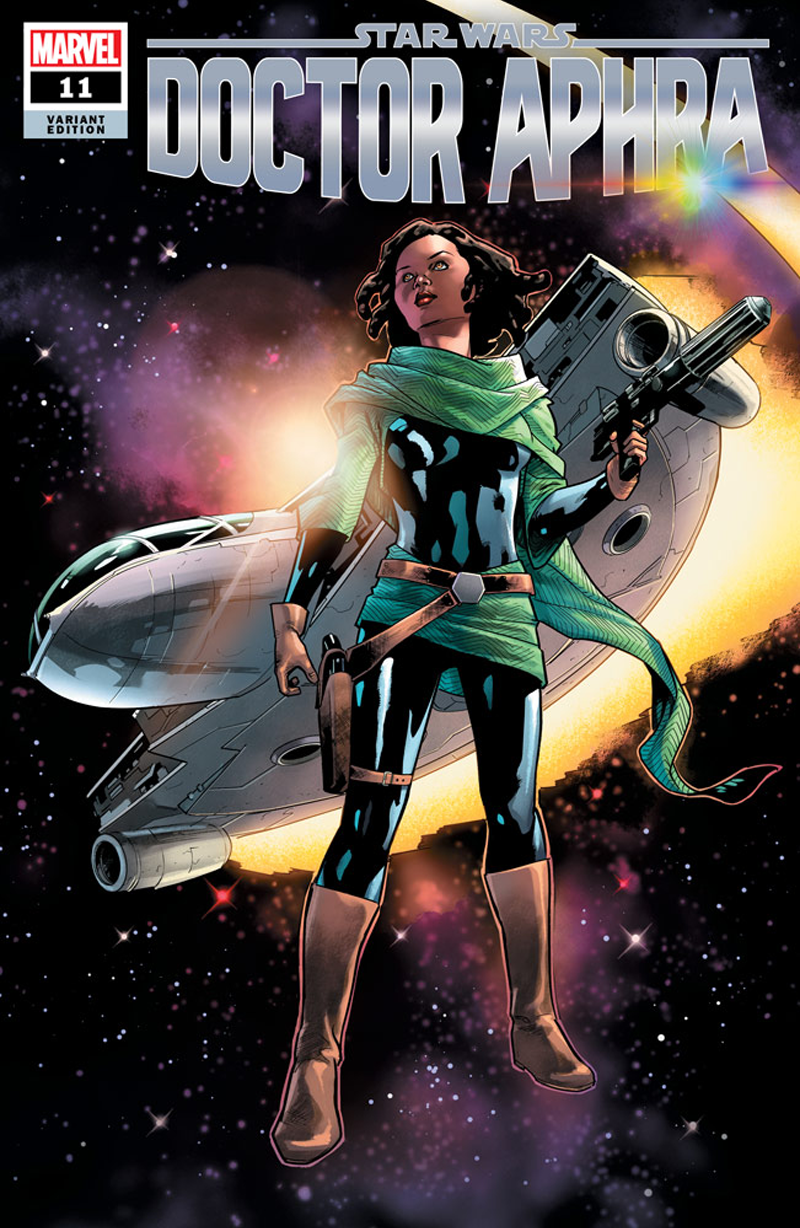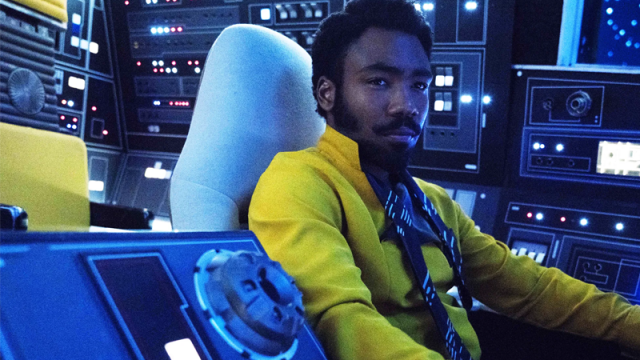Star Wars has long had an up-and-down history with the way it acknowledges and presents queerness in the galaxy far, far away. In recent years, the franchise has taken incremental steps forward (and backward) when it comes to when, where, and how it highlights queer characters as they slowly become more visible, but a major star might be taking a big step forward…might.
Today, StarWars.com revealed a new initiative for Marvel’s Star Wars comics releasing in June, to mark Pride Month in the United States. Six variant covers — created by LGBTQIA+ artists — for Star Wars, Darth Vader, War of the Bounty Hunters, The High Republic, Bounty Hunters, and Doctor Aphra will highlight, as the website words it, “some of the LGBTQ+ characters inhabiting a galaxy far, far away.”
[referenced id=”1222574″ url=”https://gizmodo.com.au/2020/06/star-wars-not-so-brief-history-of-fleeting-lgbtq-representation/” thumb=”https://gizmodo.com.au/wp-content/uploads/2020/06/12/pnnljgjdt5addvruifeo-300×169.png” title=”Star Wars’ Not-So-Brief History of Fleeting LGBTQ+ Representation” excerpt=”The long road to meaningful representation of”]
Which makes some of the characters highlighted on the covers rather interesting. Some are characters we’ve already known to be textually queer in the Star Wars universe: Doctor Aphra is arguably one of the most prominent queer additions to the franchise in the post-Disney acquisition, as is Sana Starros — who will be drawn by Jan Bazaldua for Doctor Aphra #11’s cover, seen below — the smuggling former “wife” of Han Solo who has had previous romantic dalliances with Aphra. Terec and Ceret, a pair of Kotabi bond-twins who were Jedi Knights in the High Republic era, have previously been identified by creator Cavan Scott as non-binary, using they/them pronouns.

Some characters highlighted come from brief asides in tie-in books — Yrica Quell, the protagonist of the Alphabet Squadron trilogy by Alexander Freed, for example, mentions in passing a former girlfriend, while Grand Admiral Rae Sloane hinted at the prospect of having a “husband or wife” in the future in Chuck Wendig’s Star Wars: Aftermath – Empire’s End. And then, there’s the star of Stephen Byrne’s cover: Lando Calrissian.
Across his appearances in the Star Wars original trilogy, The Rise of Skywalker, his younger portrayal in Solo: A Star Wars Story, or across a plethora of appearances in tie-in books and comics in recent years, Lando’s sexuality has never been made explicitly known. Controversially, in the run up to Solo, co-screenwriter Jonathan Kasdan said that both Donald Glover and Billy Dee Williams’ portrayal of the character could be read as portraying a pansexual man, something that then went completely unacknowledged in the movie. Lando’s inclusion these Pride covers, then, would either be a) incredibly weird if he continued to be presented as straight in future stories, or b) the first time that Lucasfilm has presented Lando as queer, albeit in a text-adjacent manner. We’ve reached out to Lucasfilm to clarify if this is indeed the case, and will update this post if we hear back.
If these are the first steps to Star Wars presenting Lando as what will immediately become one of the saga’s most prominent LGBTQIA+ characters, this is just a start, though — the start of a start, if that. If Lucasfilm wants to embrace Lando’s pansexuality, it has to be more than in passing remarks, or on comic book covers. It has to be in the text of the Star Wars galaxy itself, in the stories it tells about the character. Hopefully this cover is a sign of things to come, and that the Lando Disney+ series will dive into his character in such a way to make his identity an explicit part of him — otherwise Star Wars’ approach to queer characters remains frustratingly locked in half-steps.
